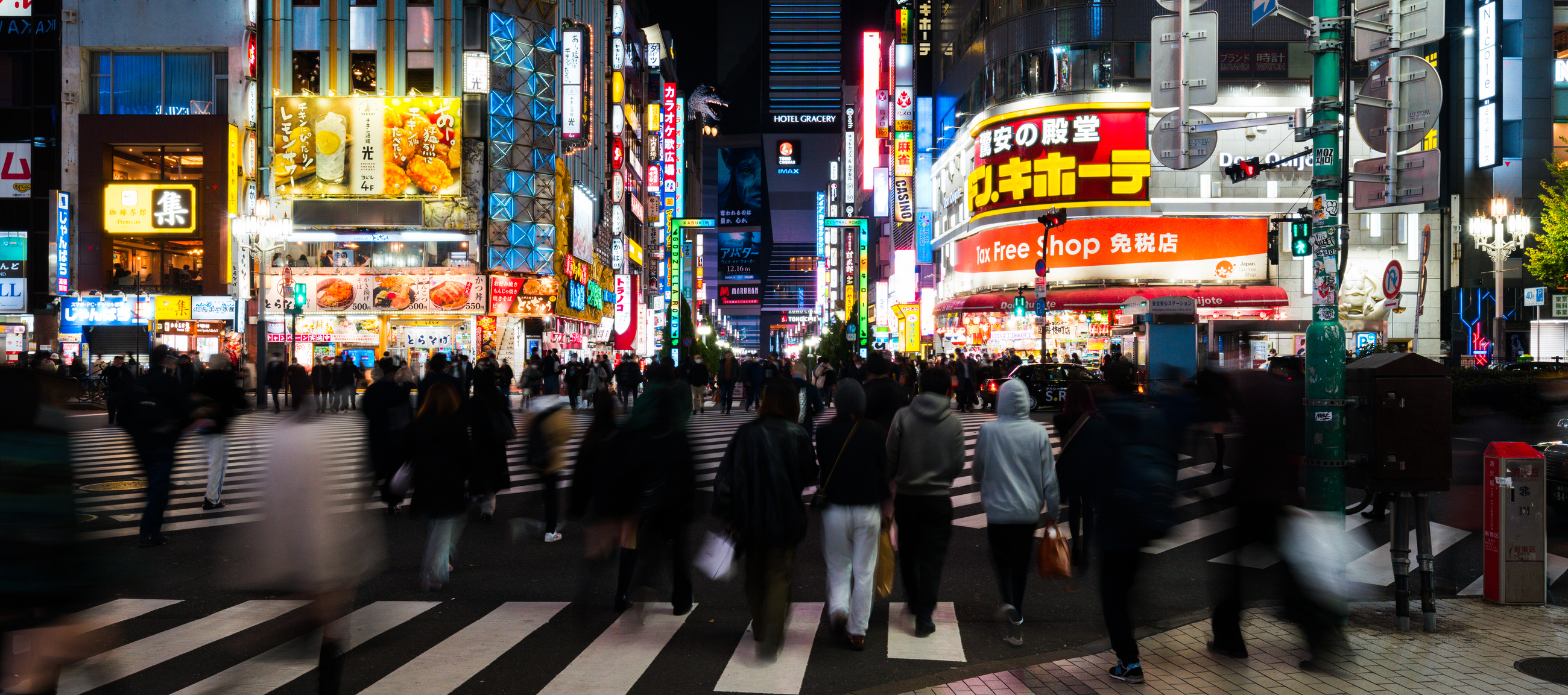As a freelancer in Japan, administrative tasks can be nightmarish at times. But that statement no longer applies to my taxes. This year, I was pleasantly surprised to discover I could pay them online in a process that took me no more than an hour — easily and securely with the My Number card.
The My Number card is an ID that can be used to pay taxes, apply for government services, print out residence records and more. The Japanese government developed the system as a part of its goal to improve digital services, which lag behind those of many other developed countries. Digital Minister Taro Kono has been especially vocal, encouraging people to move over to the new system with a variety of incentives.
The My Number system, which started in January 2016, issues a 12-digit number to all residents to manage information related to administrative services, employment, pension and national security. Previously, national and local governments managed personal information using separate identification numbers, so merging to a unified, digitized ID substantially reduces the number of documents and procedures.



















With your current subscription plan you can comment on stories. However, before writing your first comment, please create a display name in the Profile section of your subscriber account page.